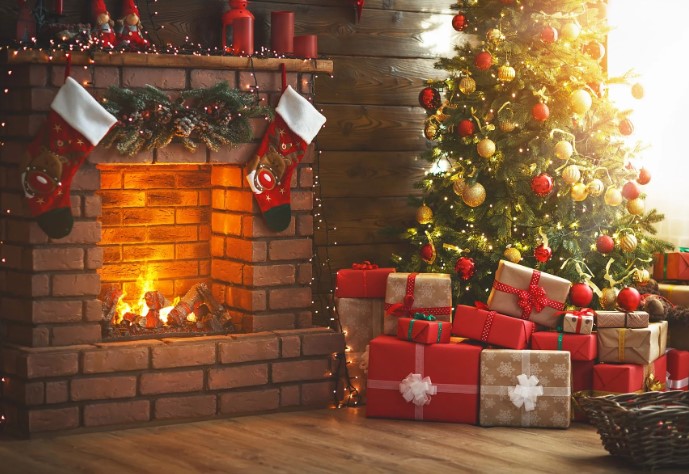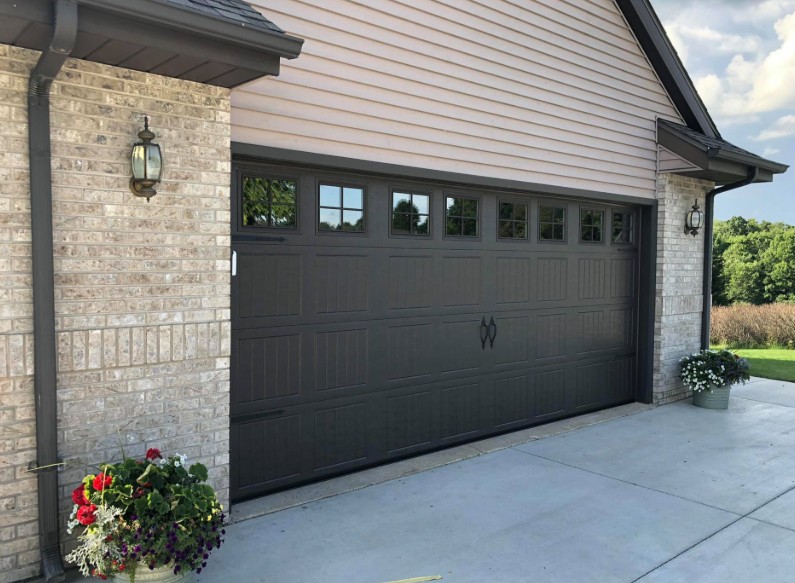

The Christmas tree is the centerpiece of holiday celebrations, evoking joy, nostalgia, and the warm glow of family traditions. When it comes to selecting the perfect tree for your home, the choice often boils down to one big question: real or artificial? Both options come with their own sets of benefits and considerations, making the decision a personal one based on factors like aesthetics, sustainability, convenience, and cost. In this blog post, we’ll explore the pros and cons of real and artificial Christmas trees to help you decide which option is best for your holiday season.
The Case for Real Christmas Trees
There’s something magical about the scent of fresh pine that fills the air when you bring a real Christmas tree into your home. For many, this scent is synonymous with the holidays, and it’s one of the main reasons people choose real trees. But beyond the nostalgic aroma, real Christmas trees have several other advantages.
1. Eco-Friendliness
Real Christmas trees are often seen as the more environmentally friendly option. Contrary to what some may believe, Christmas trees are grown as a renewable crop, much like vegetables or flowers. Farms that produce these trees plant new ones each year, ensuring that the land continues to absorb carbon dioxide and support ecosystems. Many tree farms also adhere to sustainable practices, and after the holiday season, real trees can be composted, chipped for mulch, or recycled into landscaping materials. As long as you dispose of them responsibly, real trees can have a low environmental impact.
2. Tradition and Experience
For many families, going to a Christmas tree farm, choosing a tree, and cutting it down is a cherished holiday tradition. It’s an activity that connects people with nature and kicks off the holiday season with excitement. The act of selecting a tree that’s perfectly imperfect adds a sense of uniqueness to the holiday decor.
3. Natural Beauty
Real Christmas trees offer a natural charm that’s hard to replicate. They come in a variety of shapes and species, each with its own characteristics. From the soft needles of a Fraser fir to the fuller branches of a Douglas fir, each tree has its own distinct look and feel. Real trees often have asymmetrical features, adding to their authenticity and appeal.
Considerations for Real Trees
Despite their many benefits, real Christmas trees do come with a few downsides. They require maintenance, including regular watering to keep them from drying out and shedding needles all over your floor. Additionally, real trees can pose a fire hazard if not cared for properly, as dry trees can be highly flammable. And, of course, there’s the need to dispose of the tree after the holiday season, which can be a hassle in some areas.
The Case for Artificial Christmas Trees
Artificial Christmas trees have become increasingly popular in recent decades, thanks to advancements in design and convenience. Many artificial trees are so realistic now that they can easily pass for the real thing, offering a long-lasting, low-maintenance option for the holiday season.
1. Convenience
One of the biggest advantages of artificial Christmas trees is convenience. Unlike real trees, artificial ones don’t require watering, and you don’t have to worry about shedding needles or potential fire hazards. Once the holiday season is over, you can simply pack the tree away and reuse it year after year. This makes artificial trees a cost-effective option over time, as the initial investment can pay off over several holiday seasons.
2. Variety and Customization
Artificial trees come in a wide range of styles, sizes, and colors. Whether you want a traditional green tree, a frosted or flocked one to mimic snow, or even a trendy metallic or pre-lit option, there’s an artificial tree to suit every taste. Some artificial trees also come with built-in lights, which can save you the trouble of stringing lights yourself.
3. Allergy-Friendly
For individuals with allergies to tree pollen or mold spores, artificial trees offer a way to enjoy the holiday spirit without suffering from sneezing or itchy eyes. Artificial trees are hypoallergenic and pose no risk of introducing allergens into your home.
Considerations for Artificial Trees
While artificial trees offer convenience, they also come with some environmental concerns. Most artificial trees are made from PVC (polyvinyl chloride), a type of plastic that is not biodegradable and can take hundreds of years to break down in landfills. Additionally, the production process for artificial trees involves the use of chemicals and energy, making their carbon footprint larger than that of real trees. Transporting artificial trees, often manufactured overseas, further adds to their environmental impact.
Conclusion: Which Tree Is Right for You?
When deciding between a real or artificial Christmas tree, consider your lifestyle, values, and personal preferences. If you love the tradition of going out to pick a tree, enjoy the natural scent of pine, and don’t mind the maintenance, a real tree might be the perfect choice. On the other hand, if you prioritize convenience, longevity, and the ability to customize your tree, an artificial option could be more suitable for your needs.
Whichever tree you choose, the most important thing is the joy it brings to your home during the holiday season. Whether it’s real or artificial, a Christmas tree is a symbol of togetherness, Pumpkins, warmth, and holiday cheer.








